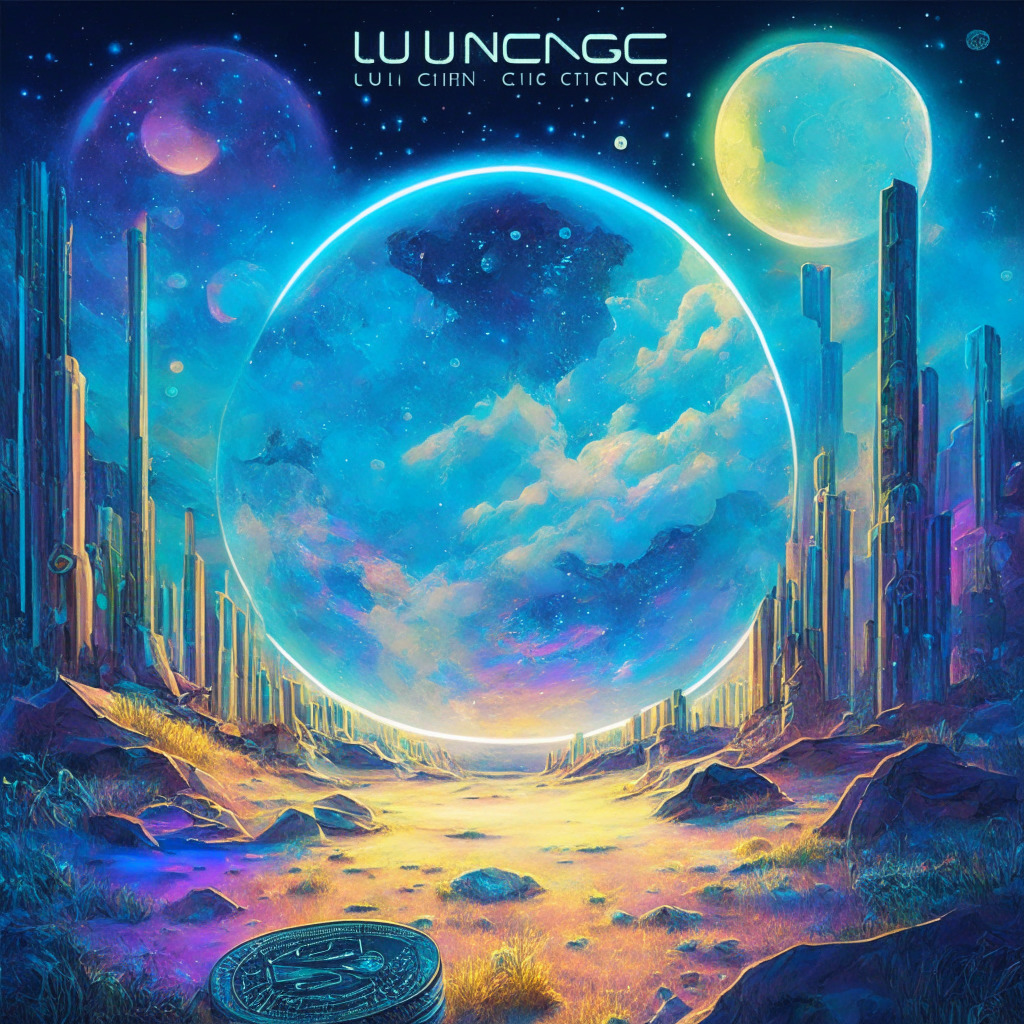Circle, the USDC stablecoin developer, recently announced its plan to launch a new native version of USD Coin on the Arbitrum network on June 8. In a blog post, Circle revealed that it would replace the existing Ethereum-based USDC version with a native token that runs and resides on the Arbitrum network itself.
The main goal of this move is to enhance transaction speed using cross-chain transfer protocols (CCTPs). CCTPs facilitate the transfer of assets between blockchains, allowing users to consolidate liquidity and support both cryptocurrency and Web3 assets across their portfolios. The Arbitrum team stated that this migration would enable USDC to move natively between Ethereum (and other supported chains) in minutes, effectively eliminating withdrawal delays.
It is worth noting that the overall market for stablecoins has been on a downward trend for most companies in the space over the past 12 months. Circle has not been an exemption, as USDC’s market capitalization plummeted from $55 billion to $29 billion during that time, according to Coingecko data. Among the few stablecoins that experienced growth during this period is Tether‘s USDT, which increased its market share from 47.04% in 2022 to 65.89% in 2023, bringing its market capitalization to just over $83 billion.
This development comes amid a changing landscape for stablecoins, which are cryptocurrencies designed to trade at, or close to, the exact value of a fiat currency. The past year has posed challenges for many companies in the space, with Circle being no exception as its market share suffered a significant decline.
However, Circle’s decision to launch a new USDC version on the Arbitrum network could signal a renewed focus on the potential of stablecoins in the crypto ecosystem. With faster transactions and better support for Web3 assets, this move might give USDC a much-needed boost and possibly help it regain some of the ground it has lost to competitors like Tether.
In conclusion, Circle’s launch of a new native USDC version on the Arbitrum network demonstrates the ongoing quest for better, faster, and more efficient stablecoins. While the overall market for stablecoins has experienced hardships over the past year, Circle’s move could pave the way for a more promising future for USDC and other stablecoins in the rapidly evolving world of blockchain and cryptocurrencies.
Source: Cointelegraph




